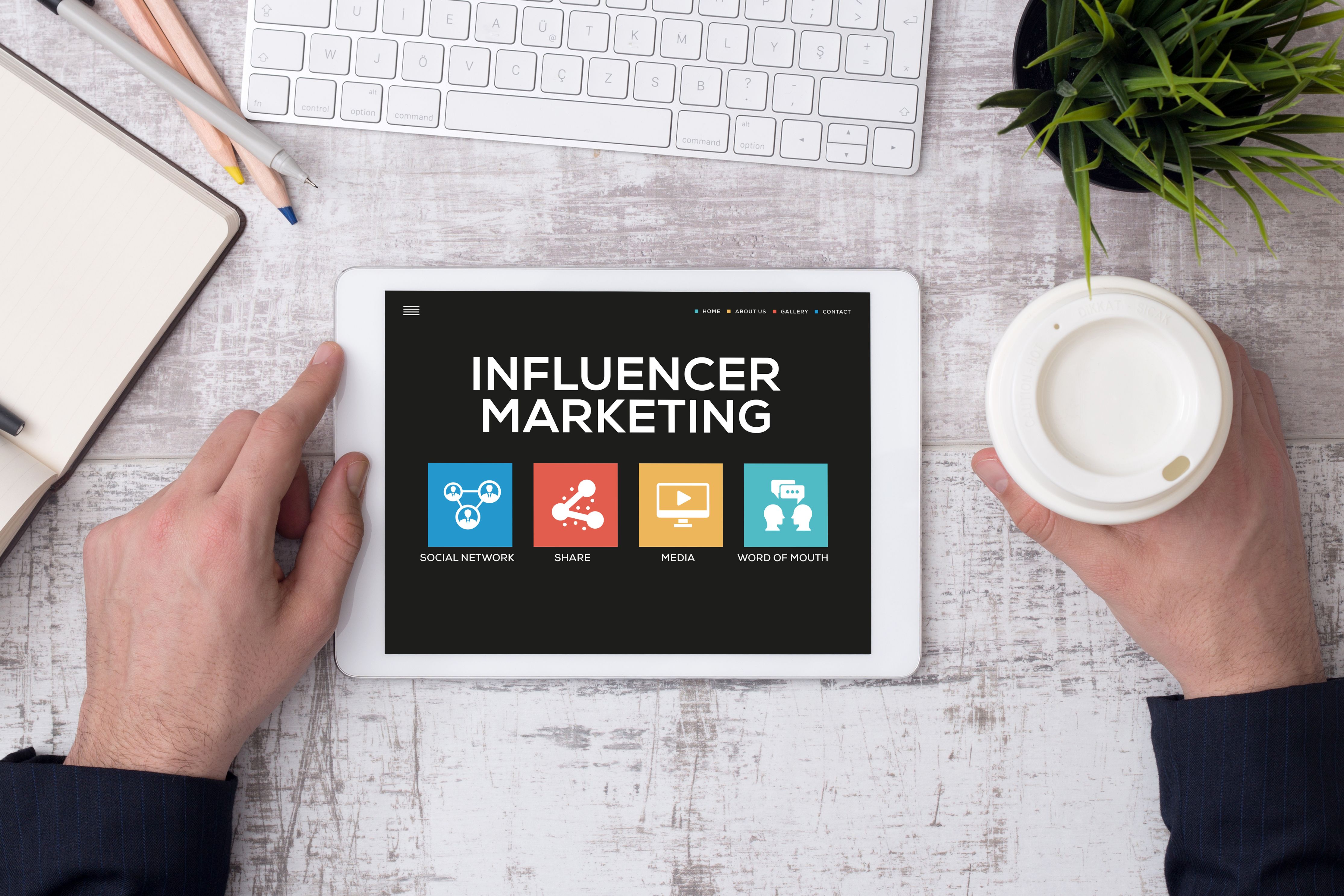Is Influencer Marketing Still Worth It? 2025 Trends and Stats
TO
The Ever-Evolving Landscape of Influencer Marketing
As we step into 2025, it's essential to evaluate whether influencer marketing remains a viable strategy for businesses. With the digital landscape continuously evolving, the effectiveness and worth of influencer marketing are under scrutiny. Companies are keen to understand if the investments made in this strategy will yield significant returns. Let's dive into the trends and statistics shaping influencer marketing this year.

Current Trends in Influencer Marketing
Influencer marketing has seen several shifts in recent years. One of the most notable trends is the rise of micro and nano influencers. These smaller-scale influencers often have more engaged audiences, making them valuable partners for brands looking to build authentic connections. Additionally, there's a growing emphasis on long-term partnerships over one-off collaborations, as brands seek to foster deeper relationships with influencers.
Another trend gaining momentum is the use of video content, particularly short-form videos on platforms like TikTok and Instagram Reels. This format enables influencers to engage with their audience more dynamically and creatively, resulting in higher engagement rates.
Statistics That Prove Its Worth
According to recent data, the influencer marketing industry is expected to reach a staggering $24.1 billion by the end of 2025, indicating robust growth. A survey conducted last year revealed that 89% of marketers found influencer marketing to be as effective or more effective than other marketing channels. Furthermore, businesses earn an average of $5.20 for every dollar spent on influencer marketing, showcasing its potential for high returns.
The Role of AI and Data Analytics
In 2025, AI and data analytics play a crucial role in optimizing influencer marketing strategies. Brands are utilizing AI tools to identify the right influencers, predict campaign outcomes, and measure ROI with greater accuracy. This data-driven approach not only enhances campaign efficiency but also allows for more personalized content that resonates with target audiences.
AI also helps in combating one of the biggest challenges in influencer marketing: fake followers. By analyzing metrics such as engagement rates and audience authenticity, brands can ensure they are partnering with genuine influencers who offer real value.
Challenges to Consider
Despite its advantages, influencer marketing is not without challenges. Market saturation is a significant concern, with many niches becoming overcrowded. This makes it more challenging for brands to stand out and for influencers to maintain high engagement levels. Additionally, the ever-changing algorithms of social media platforms can affect visibility and reach.

Another challenge is ensuring transparency and authenticity. Consumers are becoming increasingly savvy and can easily detect disingenuous endorsements. Therefore, maintaining trust is paramount for both brands and influencers.
Conclusion: Is It Still Worth It?
In conclusion, influencer marketing remains a valuable strategy for businesses in 2025, provided it is executed thoughtfully and strategically. By focusing on authentic partnerships, leveraging new technologies, and staying adaptable to trends and challenges, brands can continue to reap the benefits of this dynamic marketing approach.
Ultimately, the key lies in understanding your audience and selecting influencers whose values align with your brand. As long as these elements are prioritized, influencer marketing will continue to be a powerful tool in your marketing arsenal.